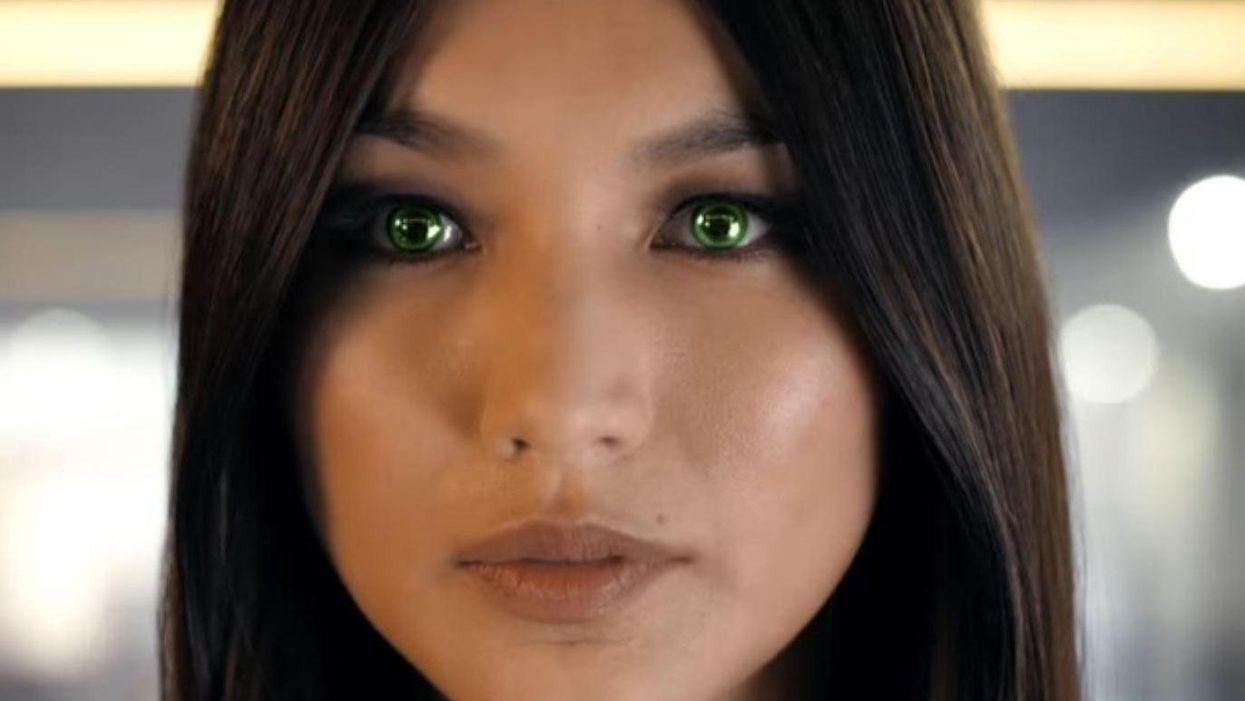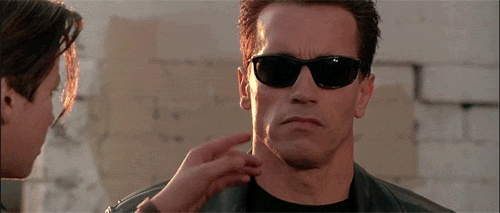News
Narjas Zatat
Mar 04, 2017

Picture:
Humans/screengrab
Predictions from Silicon Valley are drenched in warning.
Elon Musk, founder of SolarCity, Tesla and SpaceX said that the introduction of robots into the labour force will coerce many out of jobs.
There is a pretty good chance we end up with a universal basic income (UBI) or something like that, due to automation.
But how are we to navigate law and morality vis-à-vis robots?
The European parliament’s legal affairs committee voted to draft new regulations on the development and use of artificial intelligence and robots.
Within the 22-page draft proposal is the following seemingly innocuous passage:
Creating a specific legal status for robots, so that at least the most sophisticated autonomous robots could be established as having the status of electronic persons with specific rights and obligations, including that of making good any damage they may cause, and applying electronic personality to cases where robots make smart autonomous decisions or otherwise interact with third parties independently.
'Electronic Persons'
The implications suggest that, should such a time come when 'sophisticated' robots establish a personhood – an identity – they ought to be given certain rights and obligations.
Researchers back in 2012 outlined an artificial intelligence theory in which they equated the emotion of love to the endocrine system – that our feelings are determined by hormones.
With that in mind, they fitted a robot with digital hormones, and studied it.
While results were limited both in sample size and interaction time, they tentatively concluded that its existence and reactions were, at the very least proof of concept.
Whole Brain Emulation
Theories into artificial intelligence are gaining traction.
In 2013 Anders Sandberg, from the Future of Humanity Institute theorised on the possibility of creating an artificial copy of a human brain, made so that its behaviours and functions mimic the biological brain identically.
The age of Short Circuit-era robots appears to be coming to an end.
Two University of Oxford biomedical researchers, writing in Science Robots argue that robots can help graft skin and tendons…by wearing them.
They proposed a…
Humanoid-bioreactor system [with] structures, dimensions, and mechanics similar to those of the human body. As the robot interacted with its environment, tissues growing on its body would receive the typical strains and twists that they would if they grew on an actual human. The result would be healthy tissue, grown for the exact area on the body it was destined to replace.
No problemo.
HT IFLScience
More: This man claims to have built a supersized mechanised robot
Top 100
The Conversation (0)














